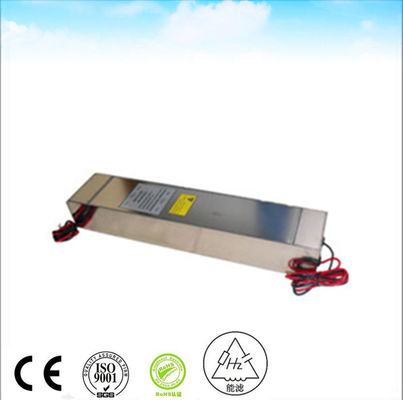
Low Pass 16A 230vac 50Hz EMI Power Line Filter Ac Current Rfi Noise Filter Suppression
-
Highlight
230v AC EMI Filter
,16A AC EMI Filter
,16A Line Filters For Ac Power
-
TypeEMI Filter
-
Transfer FunctionLow Pass
-
Package TypeThrought Hole
-
Nominal Center Frequency50/60Hz
-
3dB Bandwidth14K
-
Insertion Loss100dB
-
Input Impedance50ohm
-
Stopband Attenuation100dB
-
Rated Voltage120/250VAC
-
Rated Current16A 30A
-
Operating Frequency50/60Hz
-
ApplicationRf Shielding Room
-
PortShanghai
-
Place of OriginChina
-
Brand Namenenglv
-
Certificationce
-
Model NumberHZ-2X16C5
-
Minimum Order Quantity>=1 Pieces
-
Price$200.00
-
Packaging Details1 pcs in one carton the gross weight is about 20Kg
-
Supply Ability100 Piece/Pieces per Week
Low Pass 16A 230vac 50Hz EMI Power Line Filter Ac Current Rfi Noise Filter Suppression
250VAC 16A Emi Power Line Filter Anechoic Chamber
Electromagnetic interference (EMI) filters are crucial for a wide range of equipment and devices. Installing an EMI filter helps them function as intended and prevent them from interfering with other devices. Electromagnetic compatibility (EMC) is also a key component of meeting the compliance requirements of global regulations and many industry standards. For EMI filters to provide desired performance, they must be installed correctly. Following best practices for installing EMI filters helps in optimizing their performance and ensures safe compliance margins for the devices.
Grounding Tips
Grounding also called earthing, is a crucial part of a system and EMI filter installation where problems often occur. To avoid these issues, keep these EMI filter installation guidelines in mind.
It's important to remember that there is a difference between an EMI/system ground and a safety ground. Safety ground is a connection or a conductor providing a path for currents to flow during a circuit fault. Interference currents occur at high frequencies, which means that typical safety ground isn’t adequate for EMI. The high impedance of these systems can result in increased radiated emissions from the system and its sensitivity to interference from external sources. For EMI, a grounding system is needed that has very low impedance for the high frequency (HF) signals.
Key ground design objectives for EMC
Minimizes Crosstalk
Minimizes Emissions
Minimizes Susceptibility







